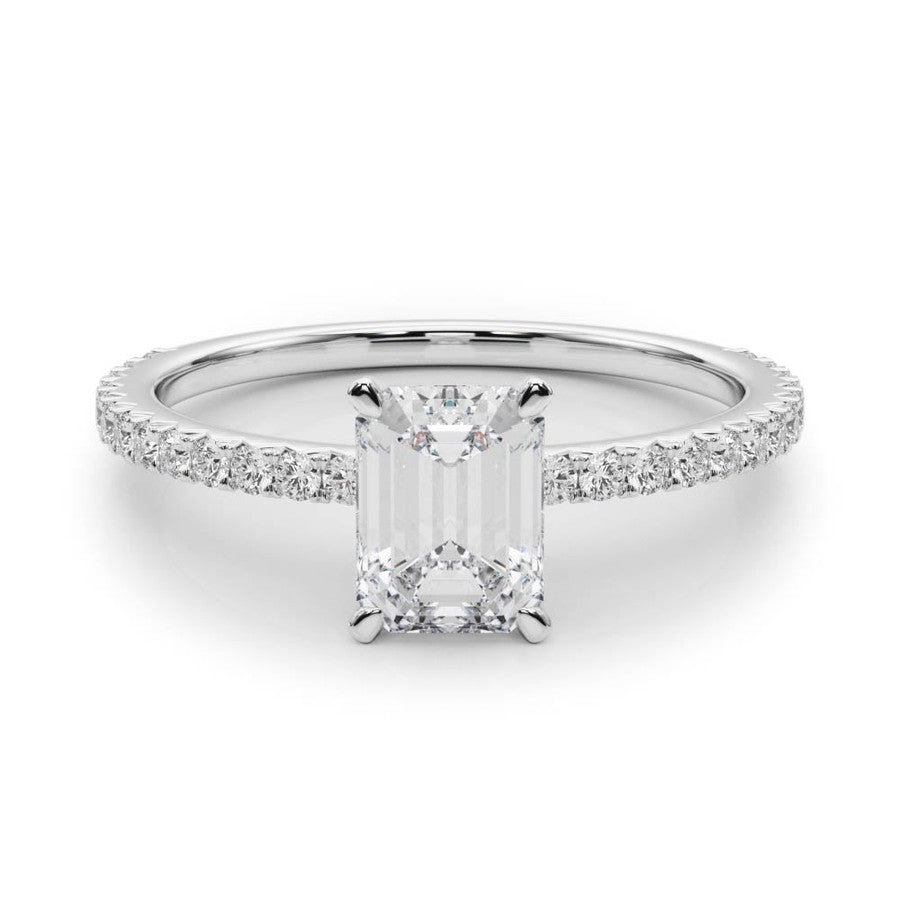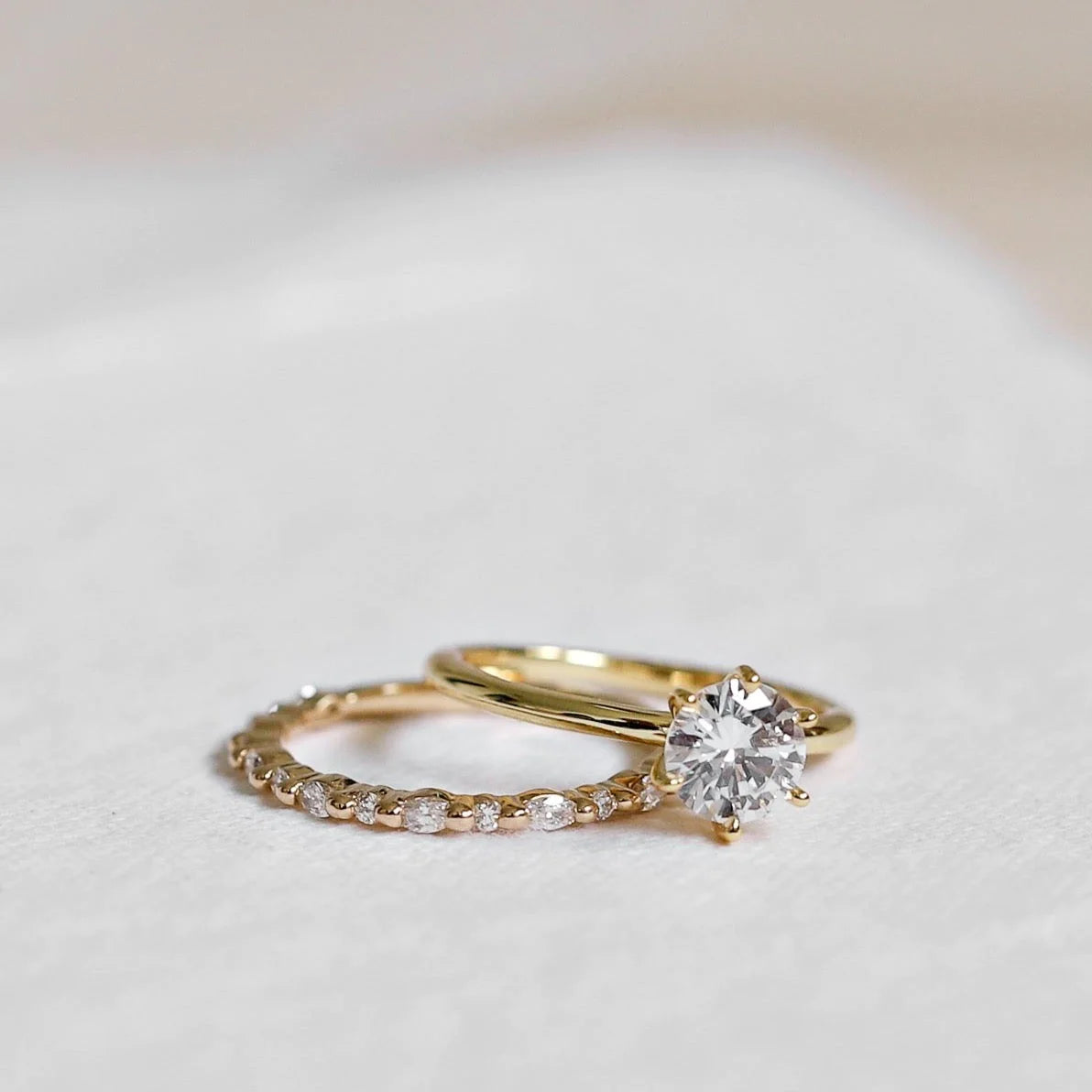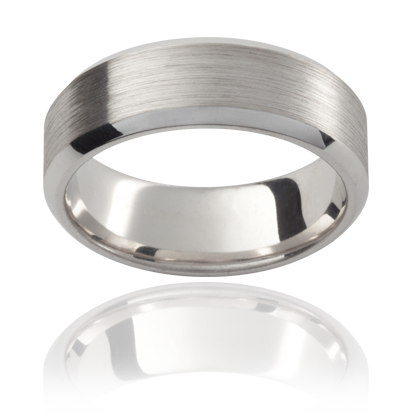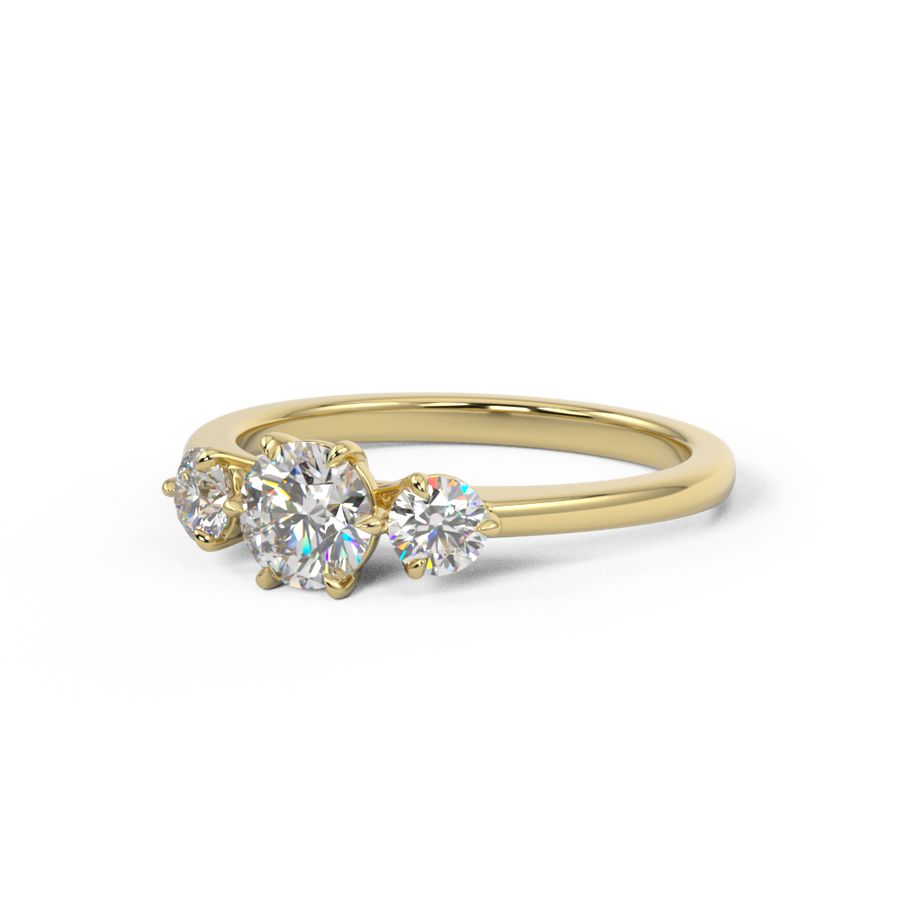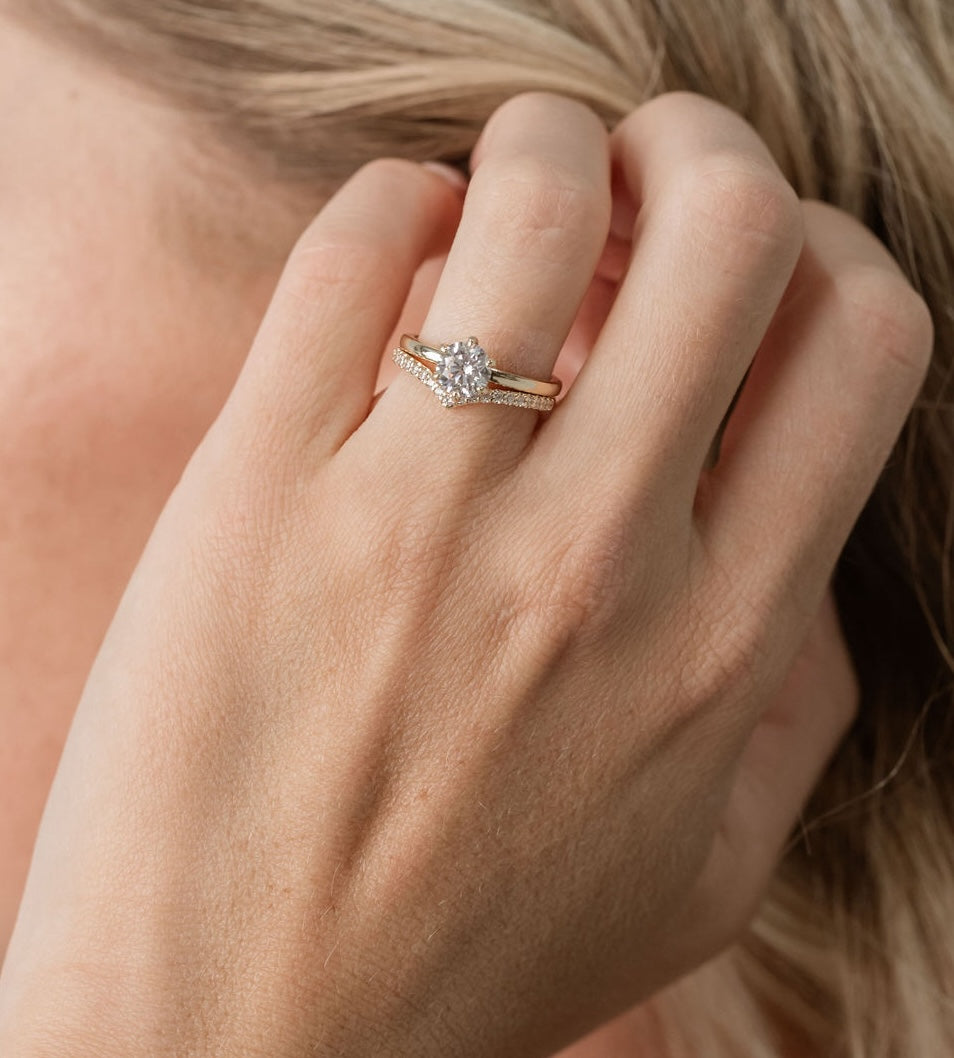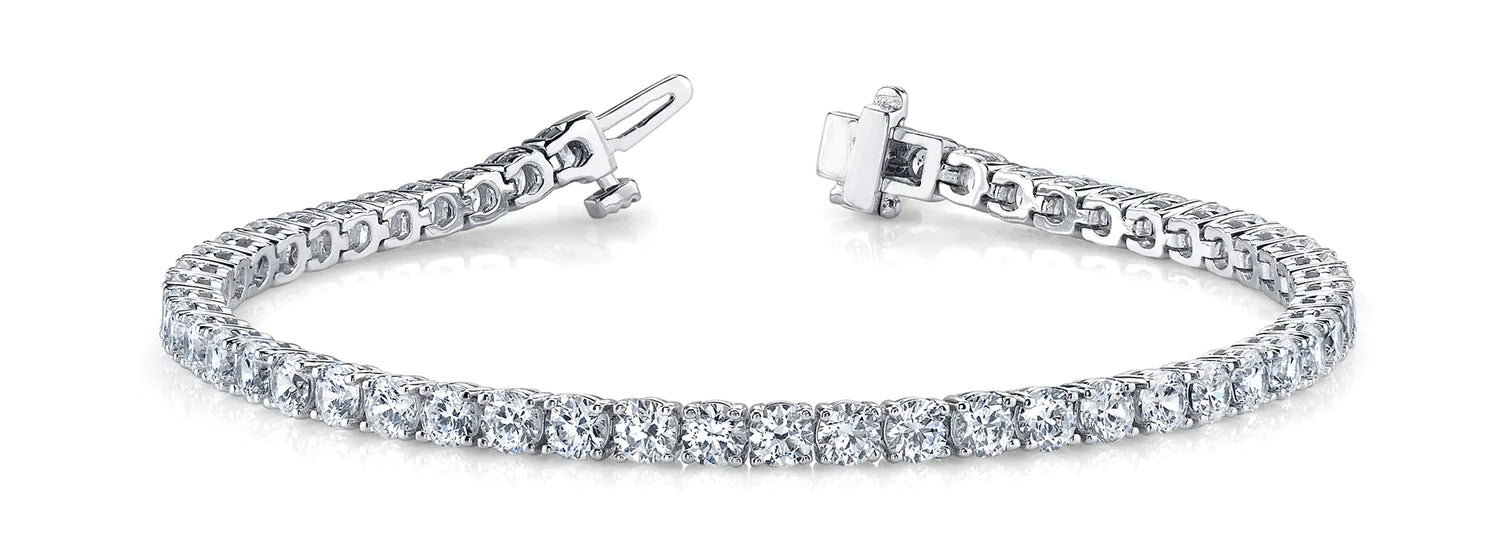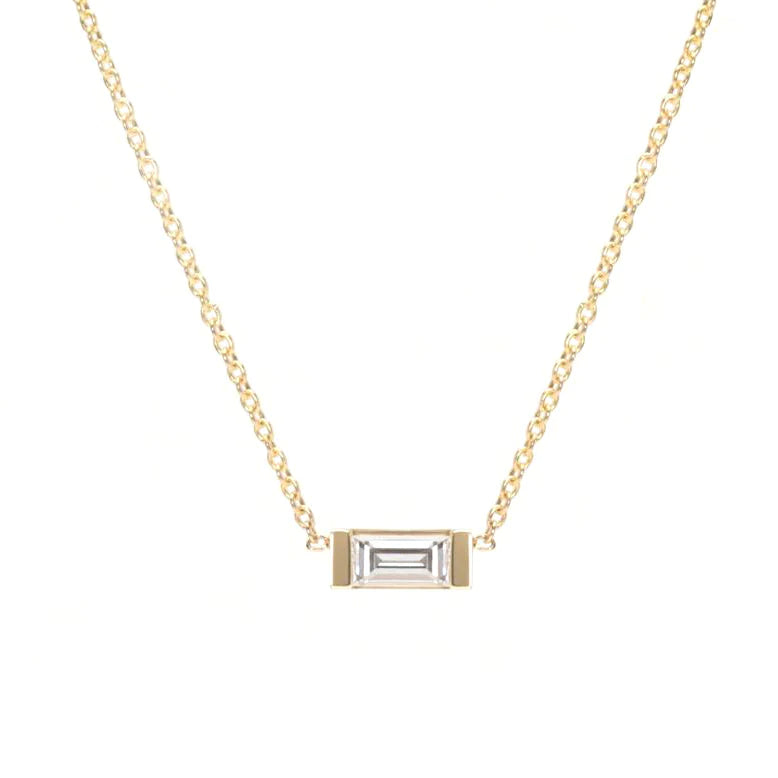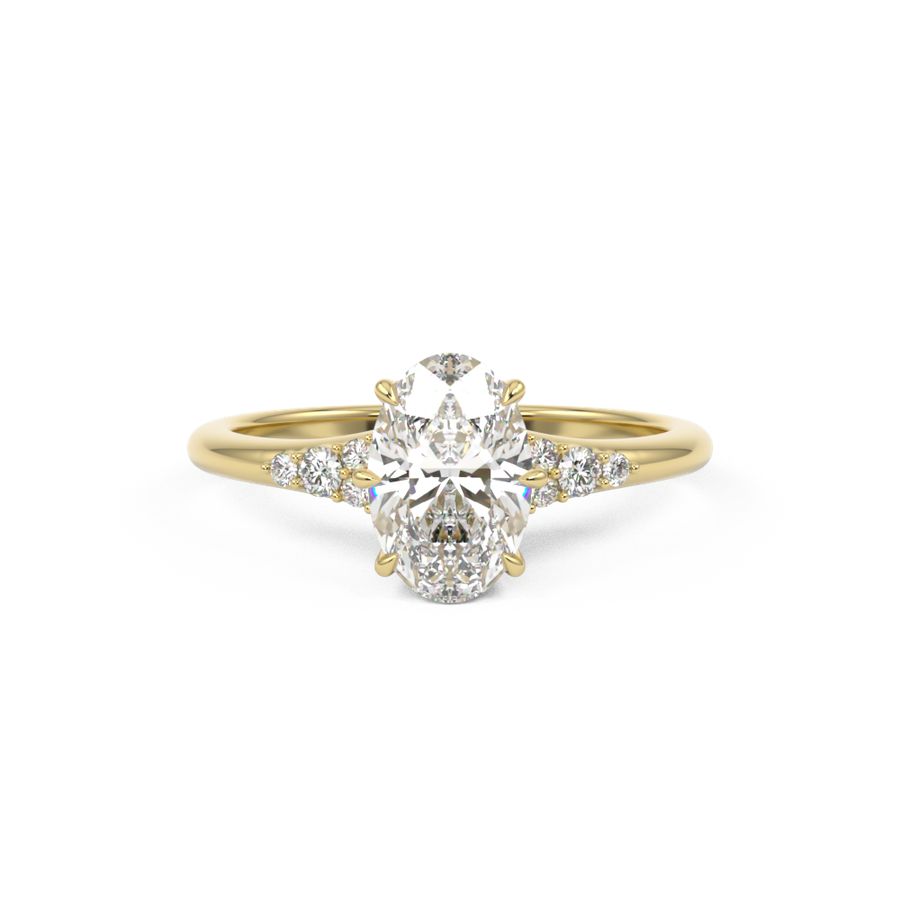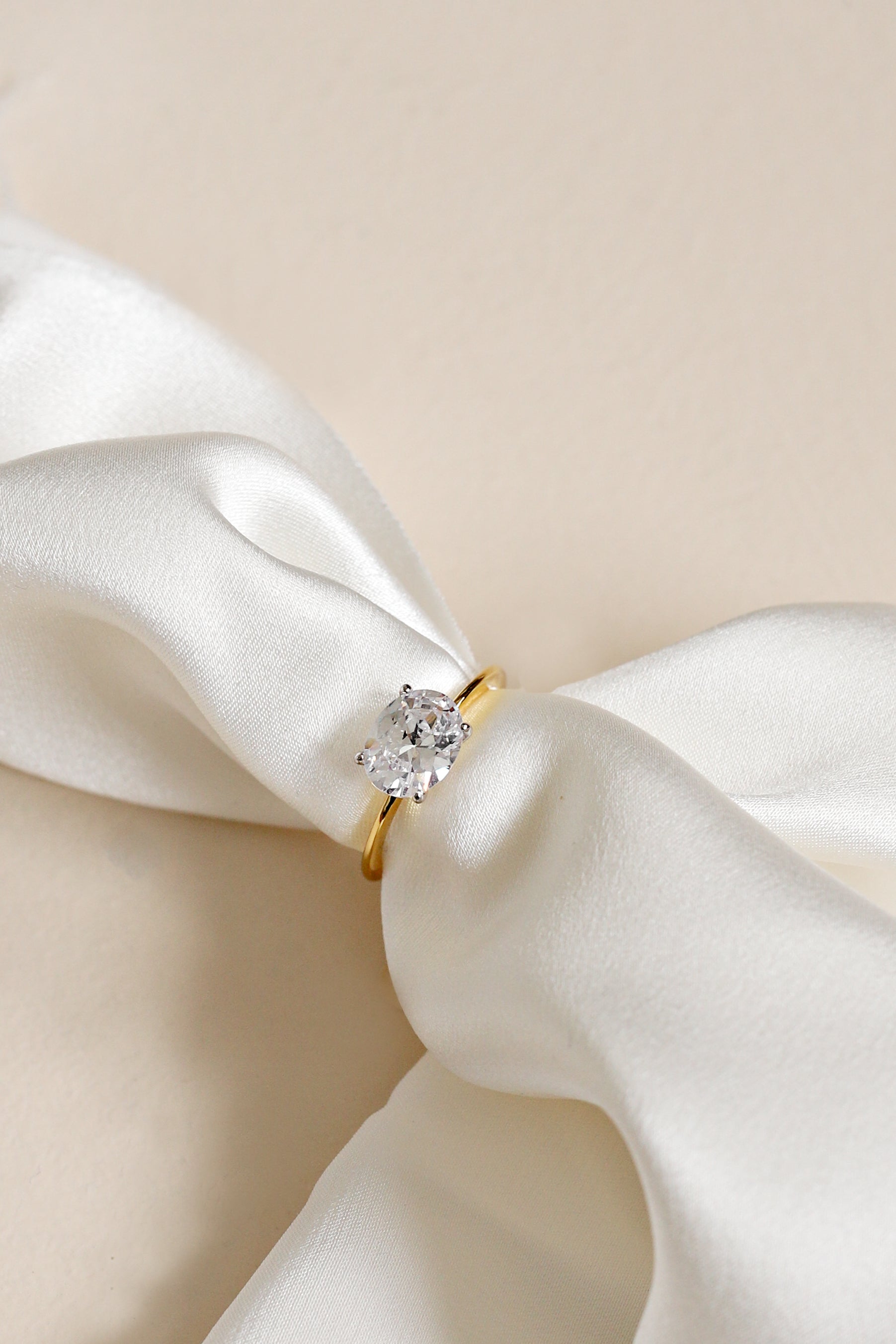Welding
Definition and Process of Welding
- Welding is a fabrication process that joins materials using high heat to melt the parts together and allowing them to cool, causing fusion.
- It is distinct from brazing and soldering as it melts the base metal.
- A filler material is typically added to the joint to form a pool of molten material that cools to form a strong joint.
- Pressure may also be used to produce a weld.
- Welding requires a shield to protect the metals from contamination or oxidation.
Energy Sources for Welding
- Gas flame, electric arc, laser, electron beam, friction, and ultrasound can be used as energy sources for welding.
- Different energy sources have different applications and advantages.
- Gas metal arc welding (GMAW) and shielded metal arc welding (SMAW) are popular methods.
- Welding can be performed in various environments, including open air, underwater, and in outer space.
- Precautions are necessary to avoid hazards such as burns, electric shock, and exposure to poisonous gases and radiation.
Historical Development of Welding
- Forge welding was the only welding process until the end of the 19th century.
- Arc welding and oxy-fuel welding were among the first processes to develop.
- Manual methods like shielded metal arc welding became popular.
- Semi-automatic and automatic processes such as gas metal arc welding and flux-cored arc welding were developed.
- Laser beam welding, electron beam welding, and friction stir welding were invented in the latter half of the 20th century.
Early Examples of Welding
- The history of joining metals goes back several millennia.
- Glaucus of Chios is credited with inventing iron welding in ancient Greece.
- Forge welding was used in the construction of the Iron pillar of Delhi in India.
- Middle Ages brought advances in forge welding techniques.
- Vannoccio Biringuccio published a book that included descriptions of the forging operation.
Advancements in Welding Techniques
- Sir Humphry Davy discovered the short-pulse electrical arc in 1800.
- Russian scientist Vasily Petrov created the continuous electric arc in 1802.
- Metal electrodes were invented in the late 1800s.
- Coated metal electrodes and three-phase electric arc welding were proposed.
- Resistance welding and thermite welding were developed in the late 19th century.
Welding Data Sources
| Reference | URL |
|---|---|
| Glossary | https://harryandcojewellery.com.au/blogs/glossary/welding |
| Wikipedia | http://en.wikipedia.org/wiki/Welding |
| Wikidata | https://www.wikidata.org/wiki/Q131172 |
| Knowledge Graph | https://www.google.com/search?kgmid=/m/0c71s |

